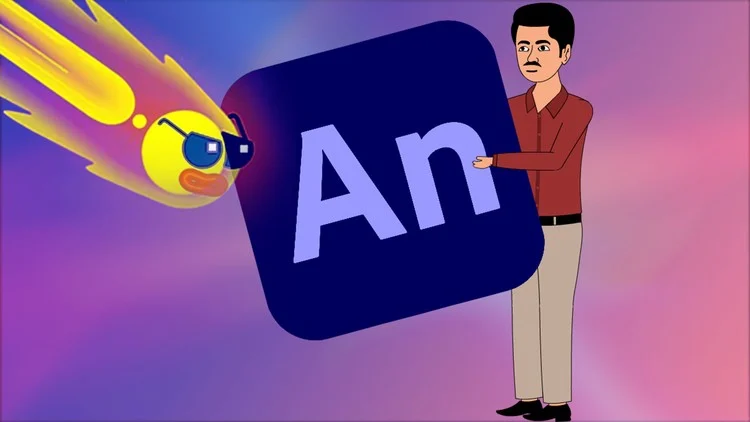Cartoon animation techniques for beginners are all about learning the basics and building your skills step by step. Starting out as an animator can feel overwhelming, but with the right techniques and plenty of practice, you can bring your ideas to life. In this guide, we’ll share essential tips and methods to help you create smooth, engaging animations.
1. Understand the Basics of Animation
Before going into specific cartoon animation techniques for beginners, it’s important to understand the fundamentals. Animation is all about creating the illusion of movement by combining a series of images, called frames. By learning how timing and spacing affect motion, you can create animations that feel natural and dynamic.

2. Start with Simple Movements
As a beginner, focus on mastering simple movements like bouncing balls or waving hands. These exercises help you understand motion, gravity, and squash-and-stretch techniques. By starting small, you can gradually build the skills needed to animate more complex scenes.
3. Master the Squash and Stretch Technique
One of the most important cartoon animation techniques for beginners is squash and stretch. This principle adds flexibility and realism to your animations. For instance, when a ball bounces, it squashes as it hits the ground and stretches as it moves upward. This simple trick can make your animations more dynamic.
4. Practice Timing and Spacing
Timing and spacing are key to creating smooth animations. Timing refers to how long an action takes, while spacing determines the distance between frames. If the spacing is consistent, the motion will appear steady. Experiment with different timing and spacing to see how they affect the flow of your animation.
5. Use Keyframes and In-Betweens
Keyframes and in-betweens are essential for every animator. Keyframes mark the major positions in an animation, while in-betweens fill in the movement between those positions. For beginners, focusing on strong keyframes ensures your animation’s foundation is solid.
6. Work with a Storyboard
Creating a storyboard is one of the best cartoon animation techniques for beginners. A storyboard is a series of drawings that outline the scenes and actions in your animation. This visual plan helps you stay organized and ensures your story flows smoothly from one scene to the next.
7. Learn to Use Animation Software
Digital tools have made animation easier than ever for beginners. Programs like Adobe Animate, Blender, or Toon Boom Harmony are great for creating cartoon animations. Start by exploring the basic features of your chosen software and gradually experiment with more advanced tools.
8. Focus on Character Design
Strong character design is essential for successful animations. Keep your designs simple and easy to animate, especially when you’re just starting. Focus on clear shapes, bold lines, and distinct features that make your characters memorable.
9. Pay Attention to Facial Expressions
Facial expressions bring your characters to life. Practice drawing simple expressions like happiness, sadness, or anger and incorporate them into your animations. Even small changes, like raising an eyebrow or curving a mouth, can convey a wide range of emotions.
10. Practice Consistently
The most important of all cartoon animation techniques for beginners is regular practice. Animation takes time and patience, so set aside time each day to work on your skills. Start with short animations and gradually increase their complexity as you improve.
Conclusion
Mastering cartoon animation techniques for beginners takes dedication and a willingness to learn. By focusing on the basics, practicing regularly, and experimenting with different methods, you can create animations that are both fun and captivating. Remember, every great animator started as a beginner, so don’t be afraid to make mistakes and keep pushing forward.











